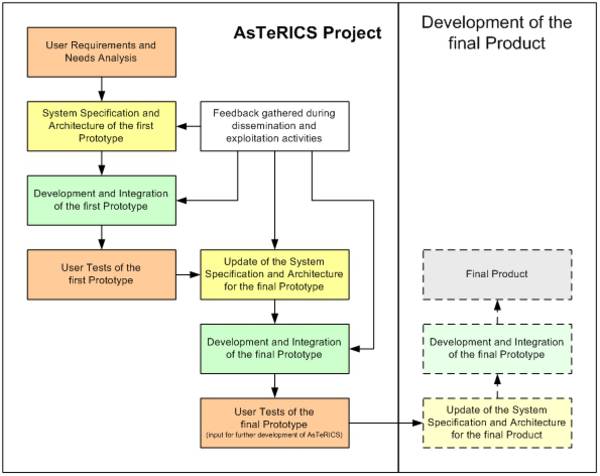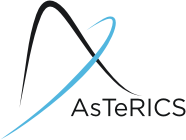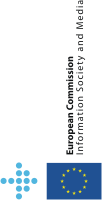User Involvement
To reach the goal of user centred design, several tasks were planned within the project.
A survey started this effort. At the beginning of the project, surveys were done in three countries (Spain, Poland and Austria) focusing on two groups. The primary target group of the survey were the primary users of AsTeRICS - people with motor disabilities in their upper limbs. Additionally, a secondary user group (carers and other professionals) were suveyed to better understand their experiences and opinions. The results of these surveys were taken into account when designing the functionality and the user interface of the AsTeRICS system.
To ensure the high involvement of (potential) users and to guarantee maximum coverage of the user needs, the project followed the user centred design methodology.
The user centred design methodology also helped to ensure that the user interfaces are both usable and accessible for a wide range of users with different capabilities. This methodology accompanies the Design for All approach which targets the use of products and services by as many people as possible without the need for adaptation. A strong focus was set on the accessibility and usability of the User Interfaces of the software. The figure below shows the User Centred Design Methodology used in AsTeRICS.

- User Centred Design Methodology used in AsTeRICS
Prototypes
At the end of the first phase of the project (June 2011), a first prototype was tested with the end users, followed by a final prototype in September 2012.
The first prototype served as a proof-of-concept both for functionality and for interconnectivity of the system-components. The final prototype included improvements and refinements of the modules. Between the two design stages, an intermediate user evaluation was done with Prototype 1. The results of this user evaluation were considered in the redesign phase for the final prototype. Concurrently, a second technology analysis was carried out and taken into account recent developments and new products, to allow their integration into AsTeRICS.
This 2-stage approach provided a useful feedback from the first user evaluation phase into possible optimisations of the architecture and of the software algorithms. The second design stage fully supported industry compatible design processes and resulted in optimised hardware modules with lower power consumption, customised printed circuit boards (PCBs) and enclosures. The prototype software featured fully elaborated user interfaces so that the system was made ready for the final user tests.



